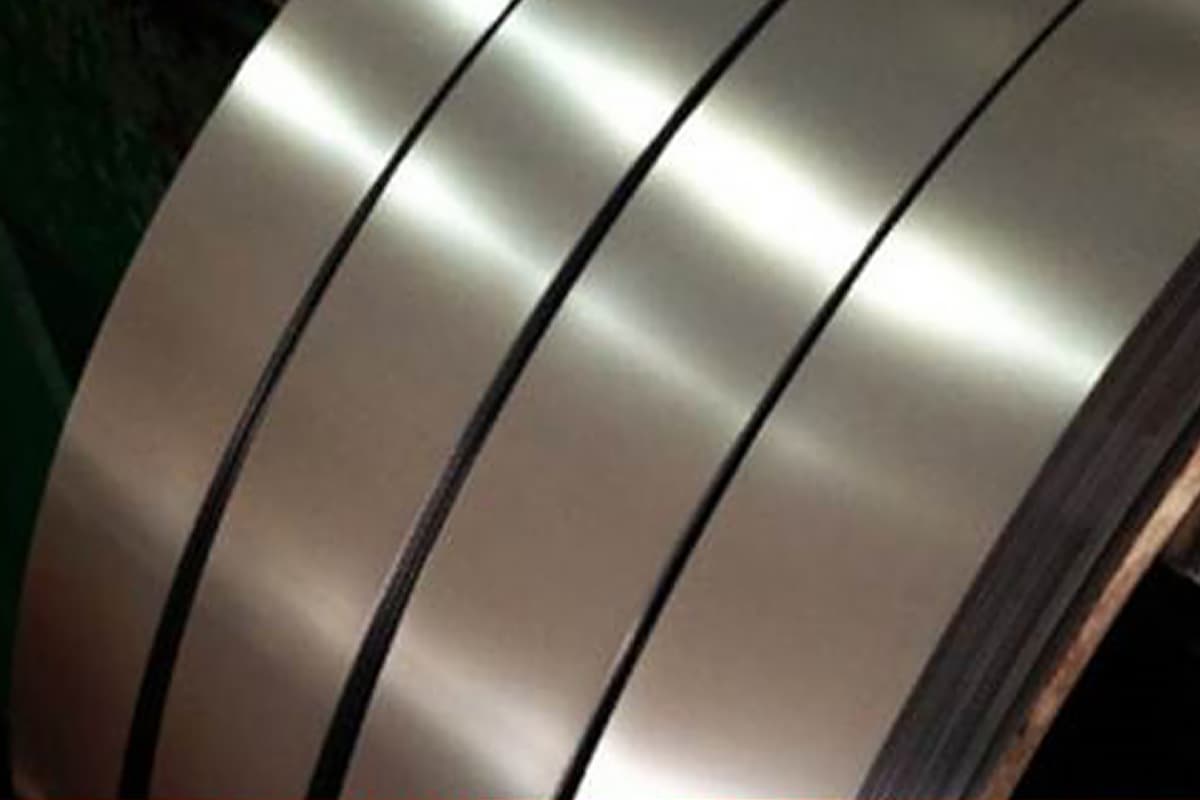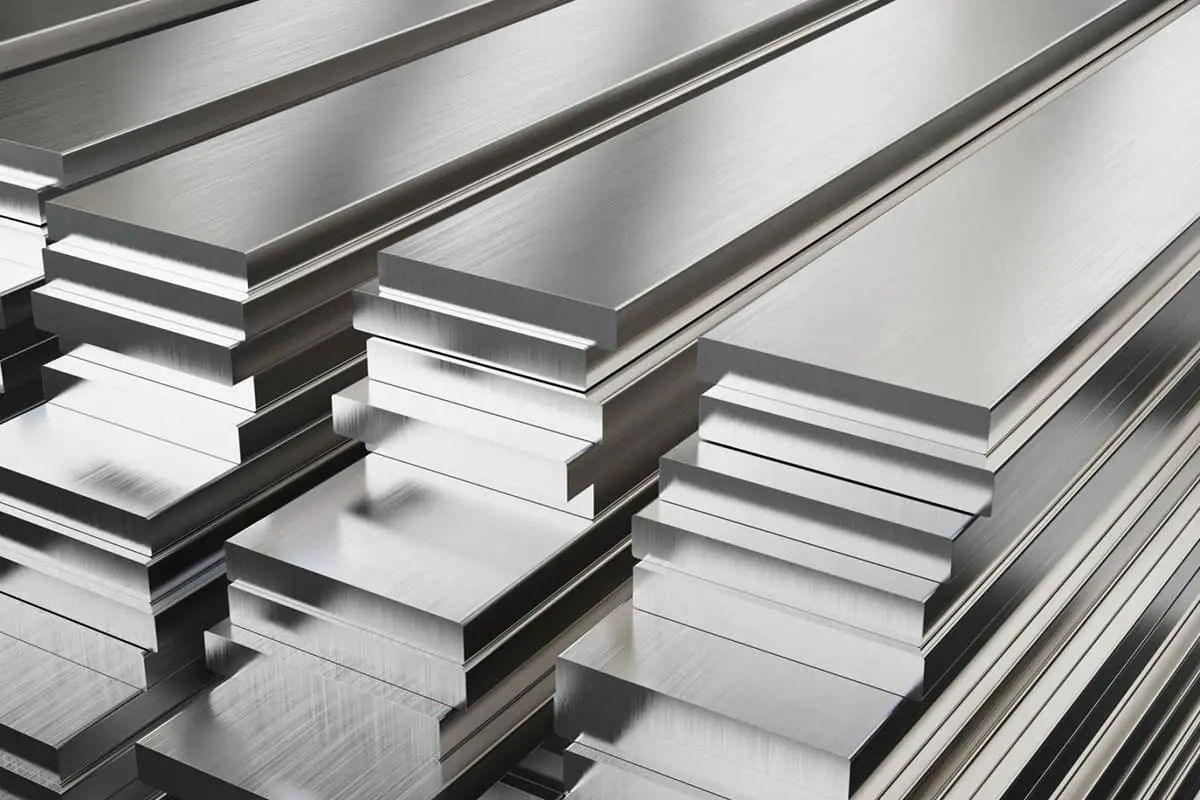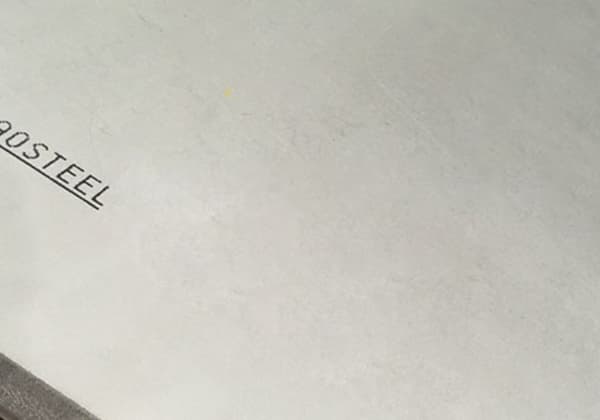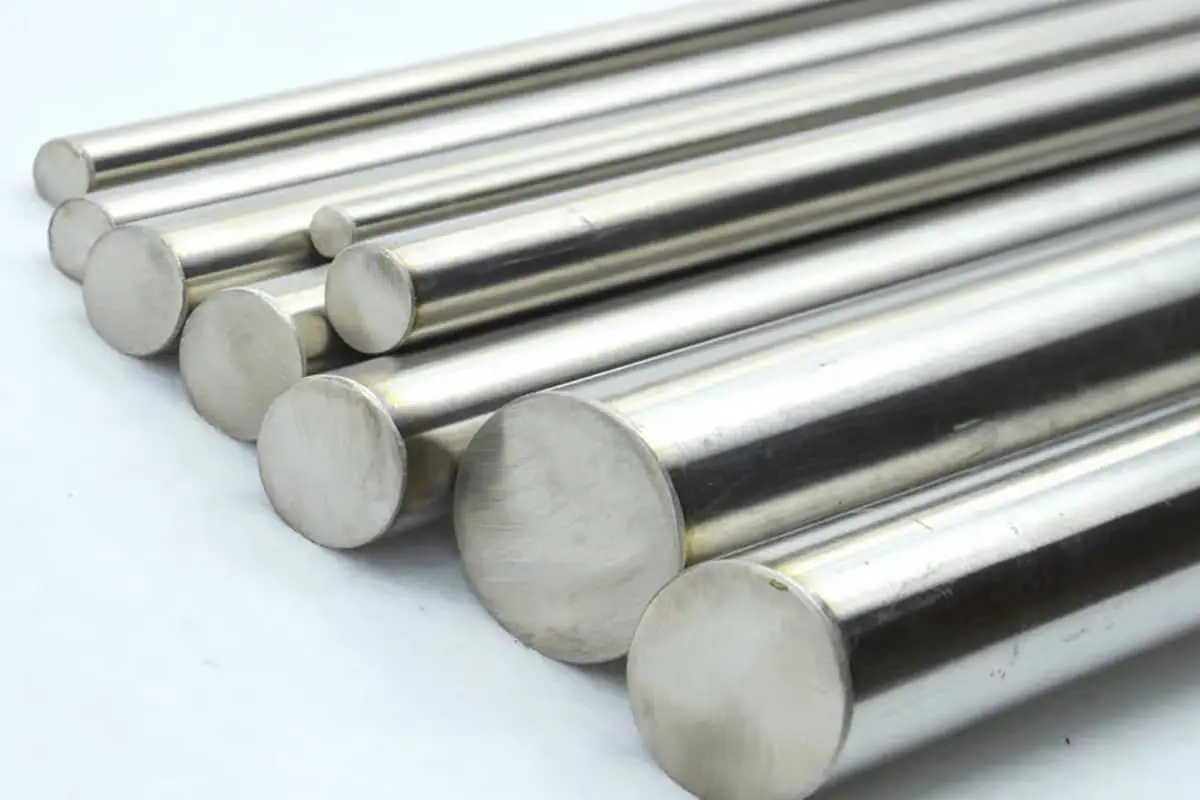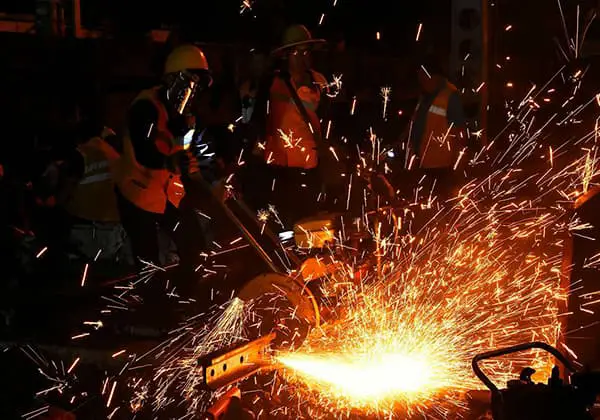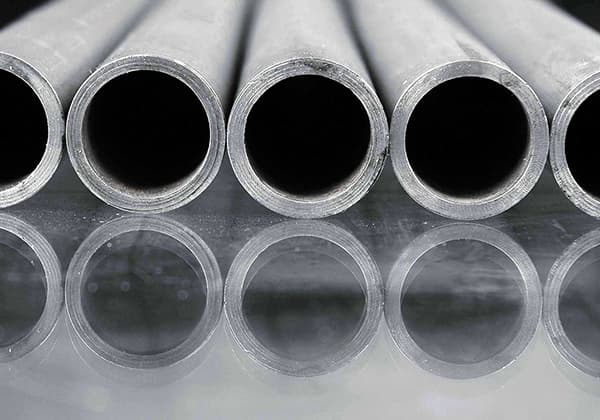
Why does stainless steel, famed for its durability, still need extra protection? This article dives into the technique of passivation, which enhances stainless steel’s resistance to corrosion. You’ll discover how applying a thin chromium oxide film can significantly extend the metal’s lifespan, the steps involved in this process, and the precautions necessary to ensure effective passivation. Read on to learn how this crucial method safeguards stainless steel in various industrial applications.
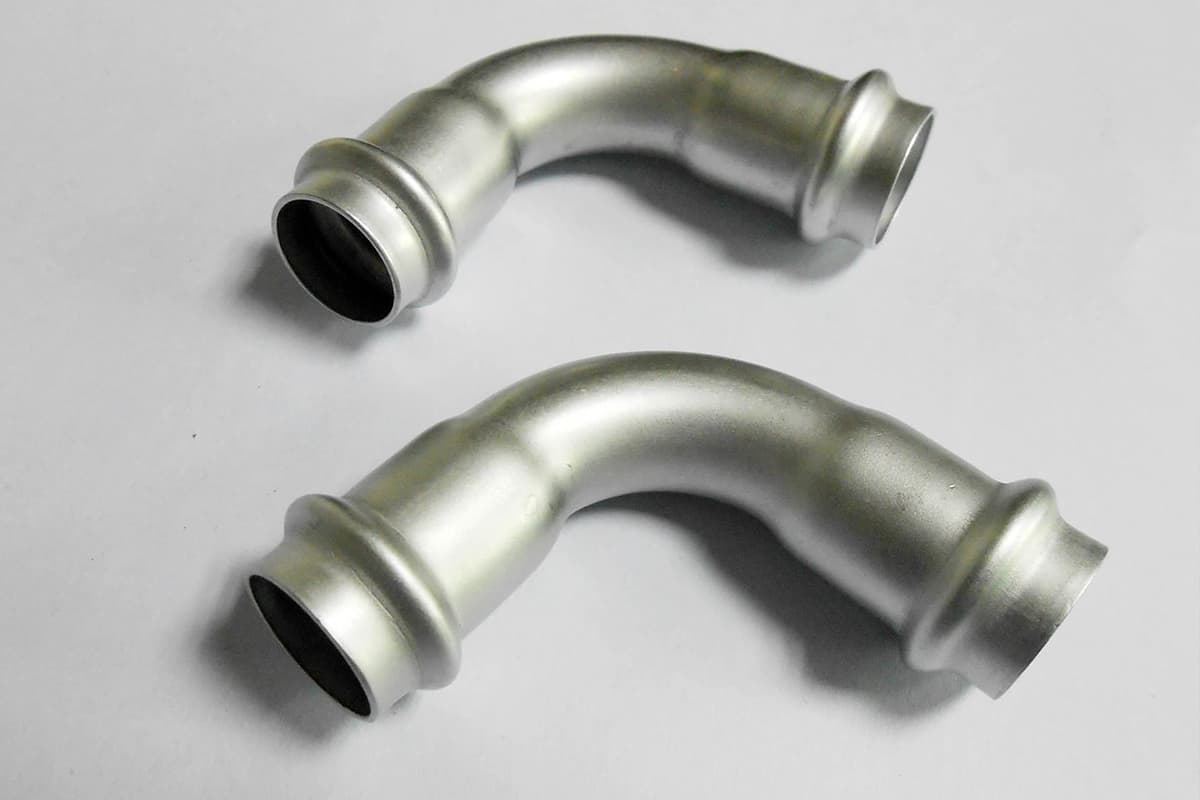
The passivation of stainless steel involves the application of a chromium oxide film to the surface and welds of the steel plate, thereby enhancing the corrosion resistance of the stainless steel.
Passivation also serves as an effective method of decontamination. For instance, iron particles deposited on the metal surface and welds can be removed in this manner (these iron particles are often formed due to cutting, shaping, equipment friction, or the action of metal brushes).
Acid washing before passivation can eliminate all contaminants and selectively remove smaller corrosion-prone areas on the metal surface. For effective acid washing and passivation, all organic contaminants and greases must be removed beforehand.

Therefore, the commonly used procedure is as follows:
Under normal circumstances, products should be coated using a spray process as much as possible. For smaller products or pipe fittings, treatment by immersion in a bath should be considered first.
In small areas (welds, repairs), or when spray coating is harmful to certain products (such as the surface of pre-installed tubular heat exchangers), it’s preferable to use a paste.
The production workshop should establish a written document based on this manual, submit it to the buyer for confirmation.
Note:
Passivating agents should not contain any hydrochloric acid or any chlorides. Acid washing and passivation may be ineffective at low temperatures, so these processes should be performed at sufficiently high room temperatures (>10℃).
Under all circumstances, treatments should be carried out under the guidance of the supplier. The water used in the process (such as bath, diluent, cleaning liquid, etc.) should be treated to ensure a low chloride content (the theoretical maximum chloride content is 30ppm).
To ensure effective pickling and passivation, it is imperative to remove all organic contaminants from the metal surface, such as grease and other debris. Organic pollutants can hinder the pickling and passivation process and pose a potential risk of pitting corrosion.
A pre-cleaning agent is sprayed on the metal surface for cleaning and degreasing purposes. Following this, it is essential to rinse it off using a high-pressure water gun to enhance the quality of subsequent treatments.
The effectiveness of pre-cleaning can be checked using the water film method.
The following procedures are performed after pre-cleaning and de-greasing:
3.1 Each product is immersed in the following solution:
3.2 If the treatment solution is at 60℃, a ten-minute immersion is sufficient, while at room temperature, a two-hour immersion is required.
3.3 After immersion, the product should be quickly rinsed with water until the pH of the effluent equals the pH of the rinse water.
3.4 Each product should be re-immersed in the following solution:
3.5 The product immersion time is as follows:
3.6 After immersion, the product should be quickly rinsed with water until the pH of the effluent equals the pH of the rinse water.
Certain small areas, such as weld seams and heat-sensitive spots, should be treated with pickling passivation paste. This method is also worth considering when immersion or spray coating is inconvenient.
The pickling passivation paste is particularly suitable for local treatment after repair, or for the maintenance of equipment parts.
The pickling paste used for stainless steel is a mixture of nitric acid and hydrofluoric acid with an adhesive.
Use an acid-resistant brush to apply the paste to the weld seam, and smooth it out with a stainless-steel wire brush. Rinse clean with a high-pressure water gun before the paste dries.
The passivation paste used for stainless steel is a mixture of nitric acid and hydrofluoric acid with an adhesive.
Use an acid-resistant brush to evenly apply the passivation paste to the pickled areas.
Wait for 3-4 hours after applying this paste, then lightly brush with a nylon brush. Rinse with a high-pressure water gun before the paste dries, then dry the metal surface.
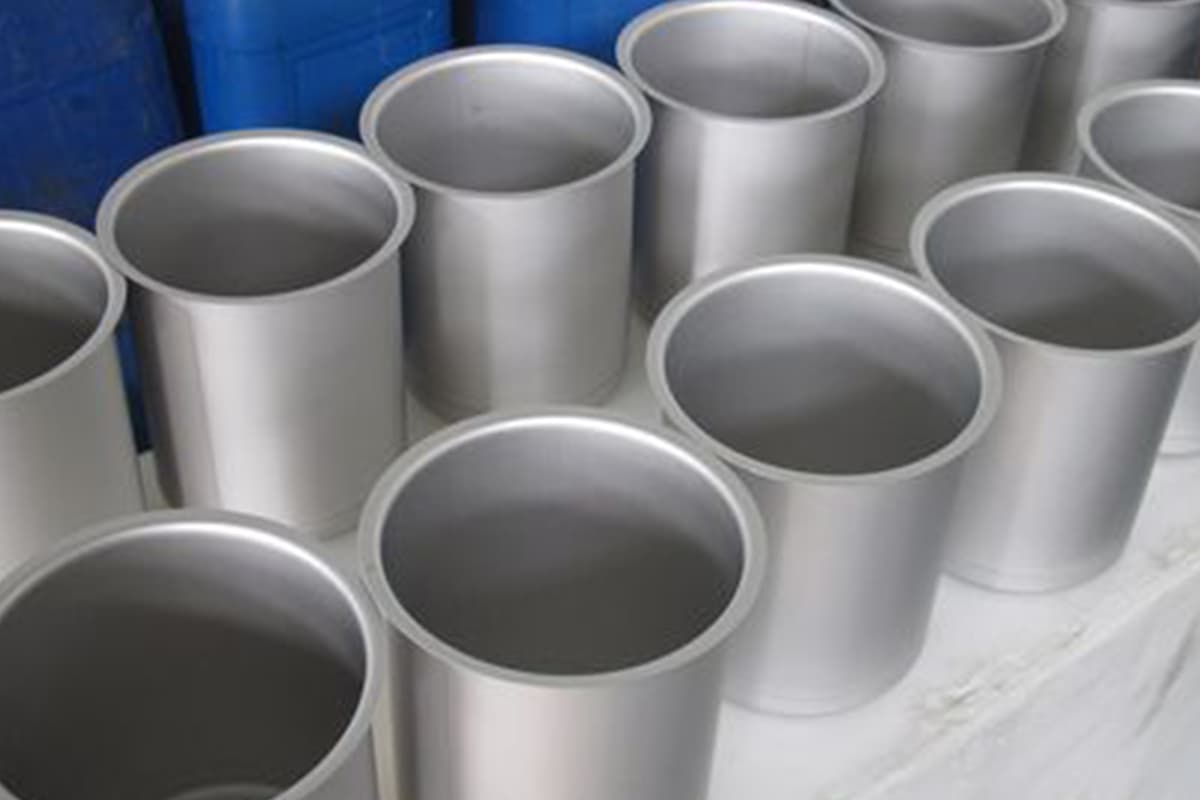
The pickling liquid and colloid used for spray coating mainly consist of nitric acid (20-25%) and hydrofluoric acid (about 5%) with an adhesive and surfactant, forming a solution with suitable concentration and rheological properties.
The composition of the passivation liquid and colloid used for spray coating is similar to that of pickling spray coating liquid, but it does not contain hydrofluoric acid.
Specific steps are as follows:
After careful pre-cleaning and degreasing (see Section 2 for details), use acid-resistant equipment to spray a uniform layer of pickling agent on the dry metal surface. Allow the pickling agent to act for a period under the guidance of the supplier.
If necessary, carefully scrub the dark weld seams and heat-sensitive areas with a stainless-steel brush, brushing away any stains. Use a high-pressure water gun to thoroughly rinse and check for any residues remaining on the metal surface.
Following oxidation and immediate cleaning, a uniform layer of passivating agent should be spray-coated onto the dry metal surface using acid-resistant equipment. Under the guidance of the supplier, the acid wash should be allowed to react for a period of time.
If necessary, at heavily colored weld seams and heat-sensitive areas, a stainless steel brush should be used for meticulous scrubbing to remove any discolorations.
The metal surface should then be thoroughly rinsed with a high-pressure water gun, ensuring that no residues remain, and completely dried.
This process follows the technical specifications for stainless steel acid washing and passivation.
(omitted)
The following equipment or components must undergo acid wash and passivation treatment:
Before the treatment, the heat exchanger tubes should be carefully protected to prevent erosion by the acid wash and passivation agent.
Cleaning, acid washing and passivation must be carried out in the production workshop before the equipment is shipped.
Even so, throughout the equipment’s service life, from initial use to full operation, it will be necessary to regularly inspect the treated surfaces. If discoloration or the onset of corrosion is observed, retreatment is required.
Upon completion of the pickling passivation process in the workshop or construction site, the contractor should submit separate reports on pre-cleaning, pickling, passivation, and the final treatment results.
Every step of the operation, such as the treatment agents used, including diluents, along with the treatment methods and duration, should be recorded.
It is best to perform the final inspection within two days after the completion of pickling passivation.
After cleaning and degreasing, the metal surface should be devoid of any grease or organic matter.
This can be detected by the water film method: a thin water film is formed on the metal surface, and if contamination exists, the water film will break in the contaminated area.
All passivated metal surfaces should be the color of pure metal.
For a more effective inspection, high-powered lighting can be installed at the inspection site.
This detection method is extremely sensitive. Even trace amounts of iron particles on a thoroughly cleaned metal surface can be detected.
Both colored areas and suspicious areas should be tested using this method.
Warning: This method is prohibited on the surface of distillate products from evaporators.
Iron particle detection method:
This method is described in ASTM A380.
The test liquid is prepared by mixing the following components:
Clean the metal surface with a clean cloth and deionized water.
Use a non-stainless steel sprayer to spray the prepared solution.
A few minutes later, if it shows blue-green, it indicates contamination, while yellow indicates no contamination.
Record the test situation, immediately wash with deionized water, and wipe with a cloth. All test substances must be removed.
All contaminated areas should be repassivated.
If the area of contamination (blue-green) is too large, a more thorough test should be conducted under the guidance of the buyer.
All products are acidic and hazardous, thus all operators should wear masks, safety glasses, rubber gloves, aprons, and boots.
Proper ventilation should be maintained at all times. In any circumstance, supplier’s guidelines must be followed.
Potassium ferrocyanide is a simple cyanide, non-toxic. However, when heated or in contact with concentrated acid, it releases toxic cyanide gas.
If the air is contaminated with dust, carbon steel, or grease and organic particles for an extended period, cleaning, pickling, and passivation will be ineffective. The entire process must maintain a high level of cleanliness.
If necessary, equipment can be appropriately treated with stainless steel pickling and passivation techniques to prevent exposure to contaminated air.
To prevent newly passivated areas from becoming re-contaminated, all containers should be sealed immediately after processing.
During necessary operations within the container, personnel must wear clean tennis shoes or shoe covers and protective clothing.


